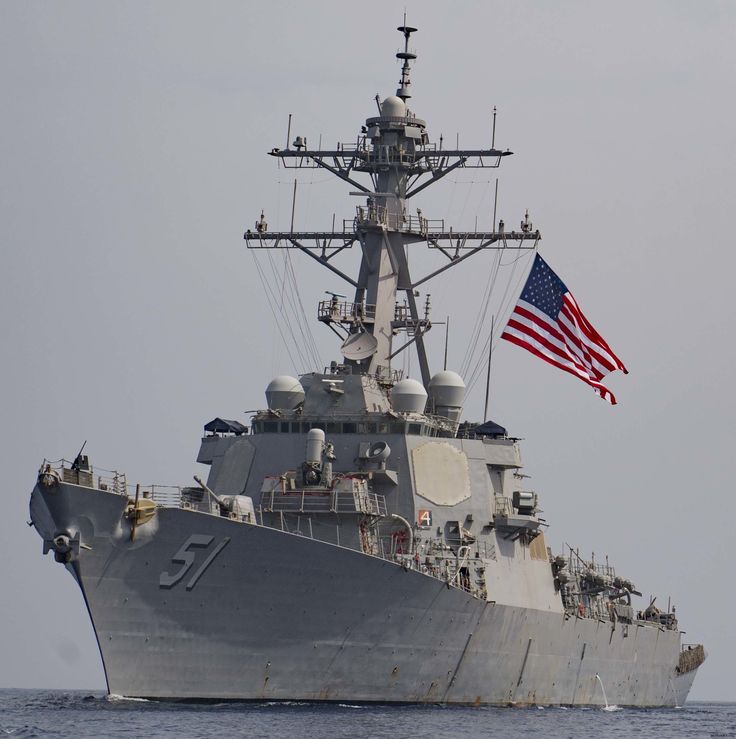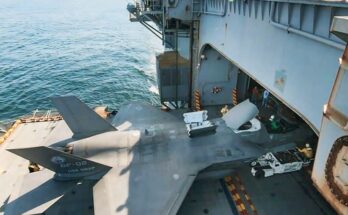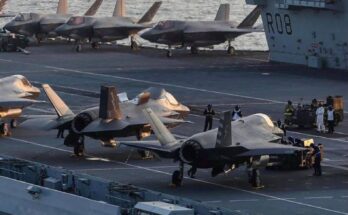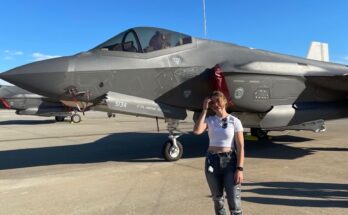
USS Arleigh Burke (DDG-51) Destroyer – US Navy
The USS Arleigh Burke (DDG-51) is the lead ship of the Arleigh Burke–class of guided-missile destroyers, one of the most advanced and versatile warships in the United States Navy. Commissioned on July 4, 1991, the ship is named after Admiral Arleigh A. Burke, a legendary World War II destroyer squadron commander and former Chief of Naval Operations. Admiral Burke’s reputation for innovation, aggressiveness, and tactical brilliance set the tone for the entire class of destroyers that now carry his name.
Designed during the Cold War, the Arleigh Burke class was created to counter emerging air, surface, and subsurface threats. What set USS Arleigh Burke apart at the time of her commissioning was her incorporation of the Aegis Combat System, a revolutionary radar and weapons integration platform capable of tracking and engaging multiple threats simultaneously. Equipped with the AN/SPY-1D phased-array radar, the ship can detect and guide weapons against hostile aircraft, missiles, and ships at great distances, giving it a decisive edge in modern naval warfare.
A defining feature of the USS Arleigh Burke and her sister ships is the Vertical Launching System (VLS). This system allows the destroyer to fire a wide variety of missiles, including Standard surface-to-air missiles (SAMs) for air defense, Tomahawk cruise missiles for long-range land attack, and Anti-Submarine Rocket (ASROC) missiles for undersea warfare. Combined with her Harpoon anti-ship missiles, Mark 45 five-inch gun, Close-In Weapon Systems (CIWS), and advanced torpedo launchers, the ship is a true multi-mission combatant, able to project power across multiple domains.
One of the most important aspects of the design is survivability. The USS Arleigh Burke was the first destroyer built with significant stealth features, including an angled superstructure and reduced radar cross-section. Her construction also emphasized damage control and crew safety. Made largely of steel rather than aluminum, she is more resistant to fire and battle damage compared to earlier ship classes.
The destroyer is powered by four General Electric LM2500 gas turbines, producing over 100,000 horsepower, allowing speeds in excess of 30 knots. With a displacement of approximately 9,000 tons and a crew of around 300 officers and enlisted personnel, the ship is a highly capable and flexible platform for long-term deployments.
Since entering service, the USS Arleigh Burke has taken part in numerous operations and deployments worldwide. She has participated in maritime security missions, freedom of navigation patrols, and exercises with allied navies. Like other ships in her class, she has proven herself in real-world combat, particularly in launching Tomahawk strikes during conflicts in the Middle East.
The legacy of the USS Arleigh Burke extends far beyond her own service. She gave rise to the Arleigh Burke-class destroyers, which remain the backbone of the U.S. surface fleet. With multiple upgraded variants—Flight I, Flight II, Flight IIA, and the latest Flight III—these ships continue to evolve with cutting-edge technology such as improved radar, electronic warfare systems, and enhanced missile capacity.
Today, the USS Arleigh Burke stands as both a tribute to Admiral Burke’s enduring legacy and a symbol of American naval power. More than three decades after her commissioning, she continues to serve with distinction, embodying the Navy’s motto of being “Always Courageous, Always Ready.”


